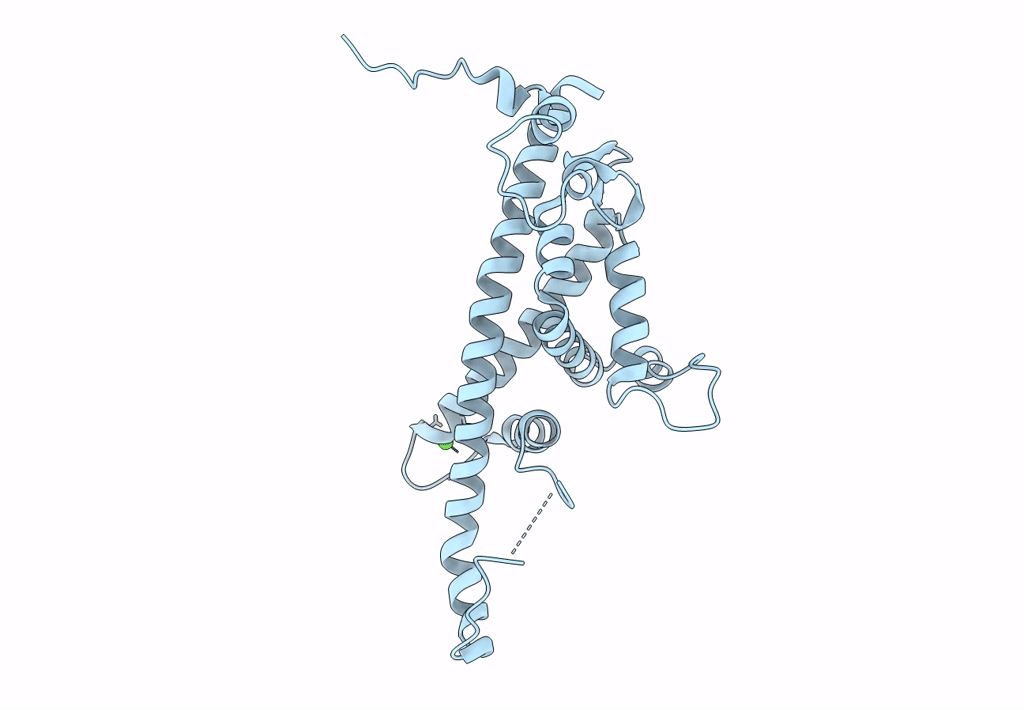
Deposition Date
2022-10-14
Release Date
2023-07-12
Last Version Date
2024-11-20
Method Details:
Experimental Method:
Resolution:
1.69 Å
R-Value Free:
0.20
R-Value Work:
0.18
R-Value Observed:
0.19
Space Group:
P 32 2 1


